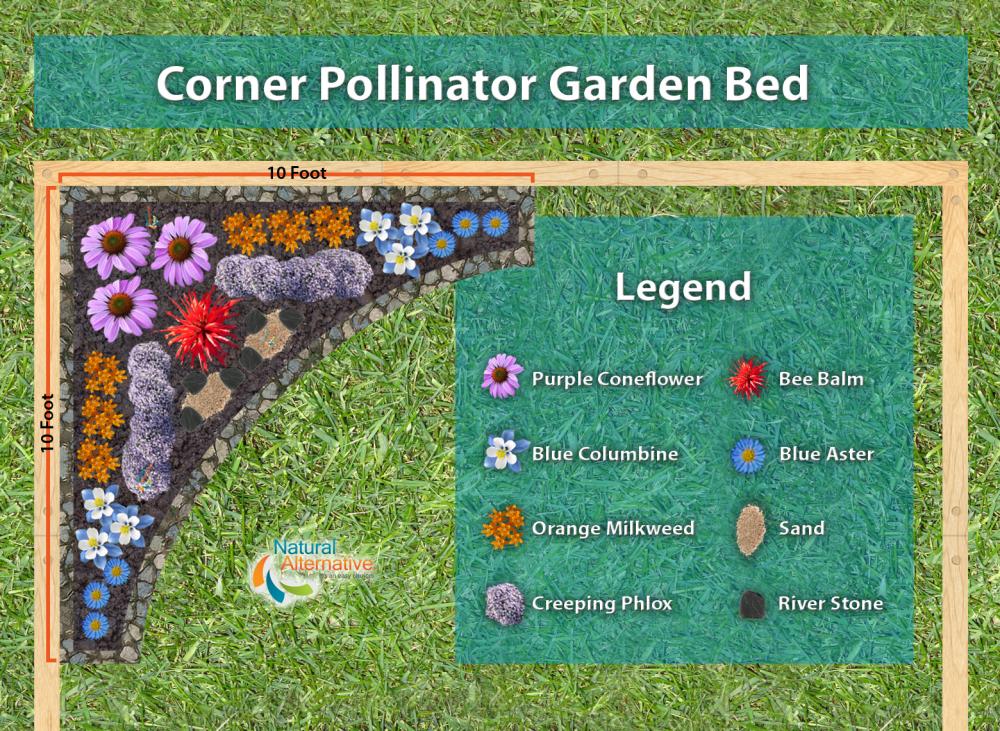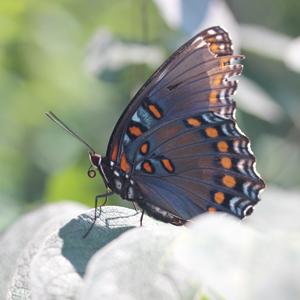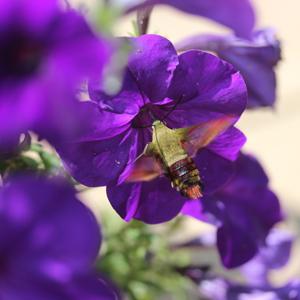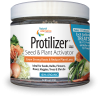Read our tips for how to encourage a garden filled with pollinators. We promise, your plants and the environment will appreciate it!
Pollinators are essential. Without them, we would not survive. Over 80% of plants require a bat, butterfly, moth, fly, bird, ant, beetle, or bee to pollinate them.
More and more every day we hear how pollinators are dying due to various reasons. We’re not here to tell you what has gone wrong; instead, we want to share some positive things you can do to help pollinators survive and thrive.
One of our favorite things to help the bees and other pollinators is to build a pollinator-friendly garden. With our easy-to-follow pollinator garden plans, this is a fun family-friendly project for all.
How to Build a Pollinator Garden
If you're interested in creating a space that's friendly to pollinators like bees and butterflies, building a pollinator garden is a great option. To get started, here are a few things to keep in mind:
- Choose Plants that Attract the Pollinators You Want
Not all plants are equally attractive to pollinators, so it's important to do some research and select species that will be most appealing to the creatures you're hoping to attract. See our list below for some of our favorite pollinator-friendly plants. - Include a Water Source in Your Pollinator Garden
Pollinators need water to survive, so consider including a small pond or other water feature in your pollinator garden plans. - Keep Your Pollinator Garden Pesticide Free
Pesticides and other chemicals can be deadly to pollinators, so it's important to avoid using them in your garden. Instead, opt for organic gardening methods. - Keep a Tidy Pollinator Garden
Pollinators are attracted to gardens that are free of debris and clutter, so make sure to keep yours clean and well-maintained. - Patiently Wait for Pollinators
Pollinators can take some time to find your garden, so don't be discouraged if you don't see results immediately. With a bit of patience, you should start to see more bees and butterflies in your yard in no time!
Choosing Pollinator-Friendly Plants
Consider planting a pollinator garden as part of your landscape to supply these vital animals and insects with food and habitat. Here are 10 of our favorite pollinator plants along with where to plant them and what pollinators they can attract.
- Milkweed (Asclepias)
A pervasive grower, plant milkweed where you don’t mind it spreading or where you can control it. The orange milkweed is an essential flower for the monarch butterfly whose caterpillars rely on its leaves as their main food source. - Impatiens
Don’t let excess shade stop you from starting a butterfly garden; plant some Impatiens! Impatiens are low-growing vibrant flowers that can come in a wide range of colors that will pop. Impatiens will bring in butterflies and hummingbirds, with the occasional bee. - Hummingbird Mint (Agastache)
This plant’s long spikes can reach five feet tall. It is called nature’s butterfly and hummingbird feeder with its white, pink, and purple tubular-shaped flowers offering nectar. Plant it in fertile, well-drained soil with full sun. - Purple Coneflower (Echinacea)
Another go-to plant for a pollinator garden—purple, daisy-like coneflowers attract most of the beneficial insects, and are easy to grow. The flowers are commonly used for medicinal purposes too. Allow them to go to seed for the goldfinches in fall. - Fennel
This perennial herb with its yellow flowers and feather-like leaves is in the celery family. It attracts most beneficial insects and is the preferred habitat for the swallowtail butterfly and its caterpillar offspring. Fennel has a licorice taste and the seeds, flowers, and bulbs are a staple in Mediterranean cooking. - Phlox
This creeping ground cover is in the wildflower family. Its foliage is a food source for the larvae of many butterfly species. Phlox flowers are star-shaped and are available in various colors to compliment any garden. - Bee Balm (Monarda)
A member of the mint family, this fragrant orange plant is irresistible to honey bees. Plant it outside a window so you can enjoy the scent and be entertained with the show of hummingbirds, bees and butterflies. - Verbena bonariensis
Verbena attracts not only butterflies and bees, but hummingbirds and the breathtaking hummingbird hawk-moth as well. It is a popular member of the pollinator garden because its foliage is minimal—almost transparent—making it a great filler plant. - Aster
Fall asters are vital for pollinators, because they are the last to bloom and can be essential to a bee hive’s winter sustainability. With 170 different aster species to choose from, you’re sure to find a color and texture you love. - Borage
Borage is inexpensive and easy to start from seed. Although it is an annual, it self-seeds and returns in spring as a perennial would. Its blue star-shaped flower is a bee favorite, yet nuisance insects avoid it.
Finalizing Pollinator Garden Plans
When it comes to finalizing your pollinator garden plans, it is important to include a good mix of nectar plants for bees and butterflies, as well as host plants for caterpillars to feed on. Creating an attractive garden fulfilling these elements can be quite simple. Include the plants above and you’ll be on the right track. To make it even easier, here is a pollinator garden plan to help you with planting your own.

Do you have other advice or tips on attracting beneficial pollinators to your garden? Let us know on Facebook!
Pollinator Garden FAQs
- Why are pollinators important, and why should I build a pollinator garden?
- Pollinators are essential for over 80% of plants, and without them, we would not survive. Unfortunately, pollinators are dying due to various reasons. Building a pollinator-friendly garden can help pollinators survive and thrive by providing them with food and habitat.
- What are the things I should keep in mind while building a pollinator garden?
- To build a pollinator garden, you should choose the right plants, provide a water source, create a safe space, keep it tidy, and be patient.
- How can I choose pollinator-friendly plants for my garden?
- Not all plants are equally attractive to pollinators, so it's important to do some research and select species that will be most appealing to the creatures you're hoping to attract. Some of the pollinator-friendly plants are Milkweed, Impatiens, Hummingbird Mint, Purple Coneflower, Fennel, Phlox, Bee Balm, Verbena bonariensis, Aster, and Borage.
- Why is it important to avoid using pesticides and other chemicals in my garden?
- Pesticides and other chemicals can be deadly to pollinators, so it's important to avoid using them in your garden. Instead, opt for organic gardening methods.
- Is it necessary to have host plants for caterpillars in my pollinator garden?
- Yes, it is important to have host plants for caterpillars in your pollinator garden. This will help provide food and habitat for caterpillars and ultimately help in attracting more pollinators to your garden.




